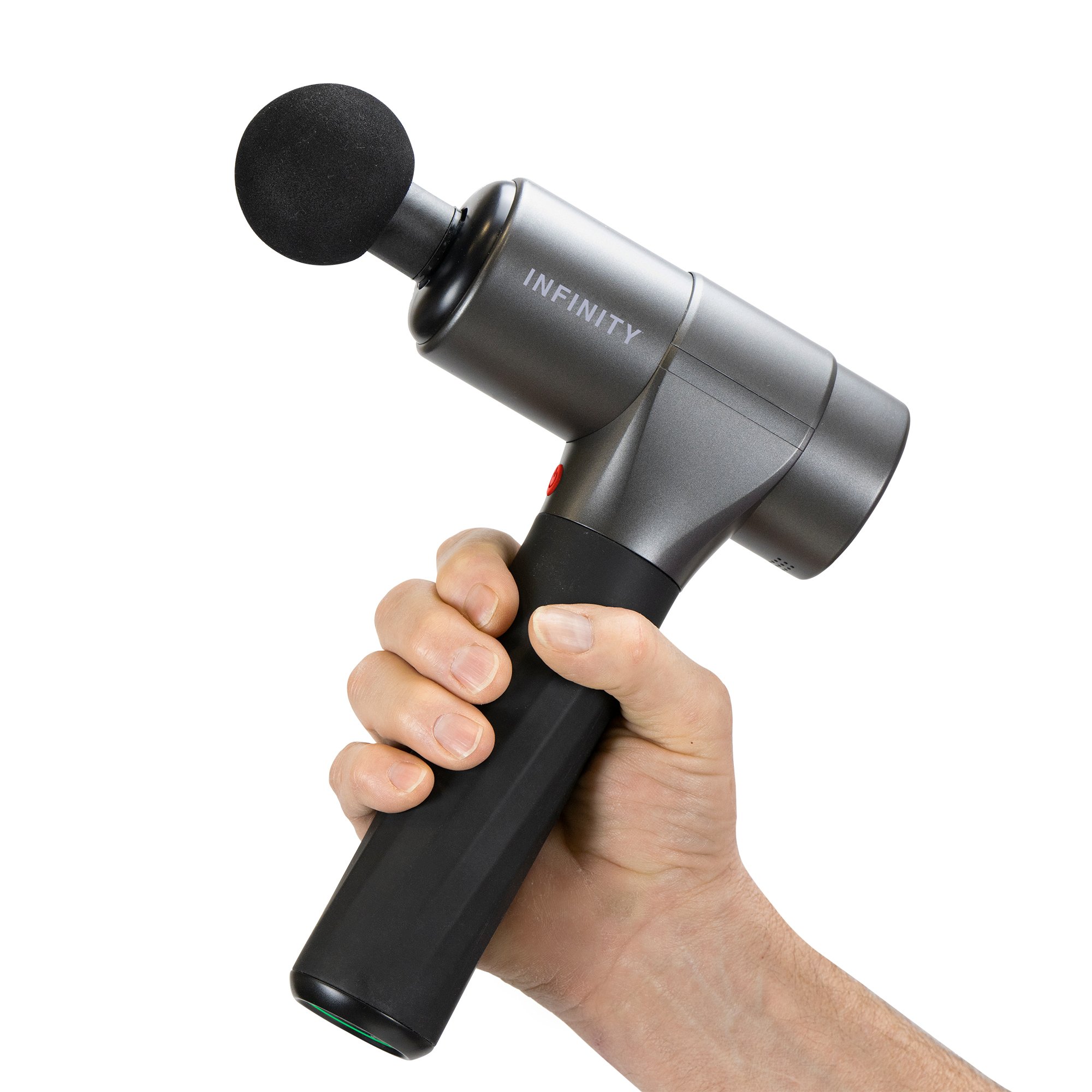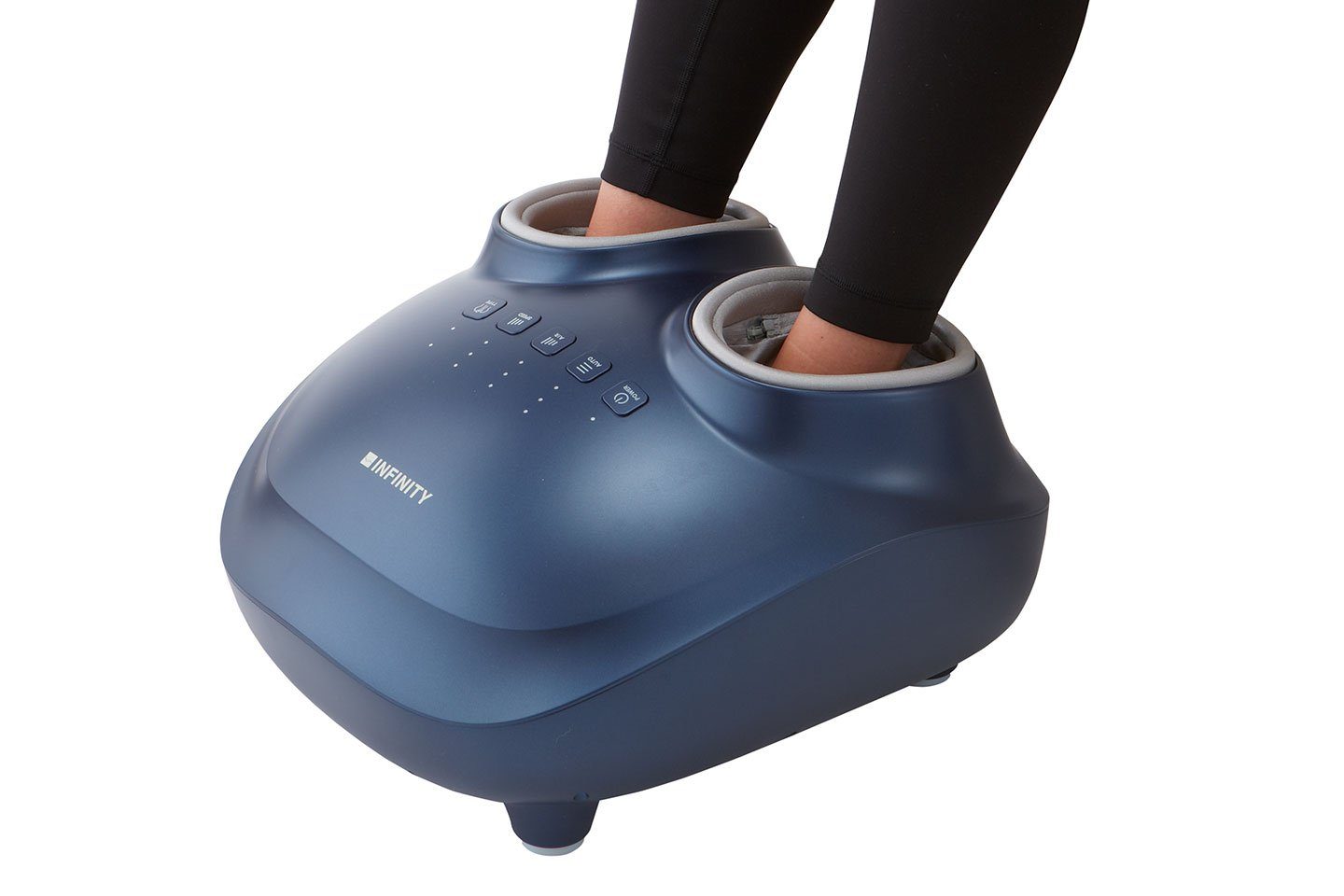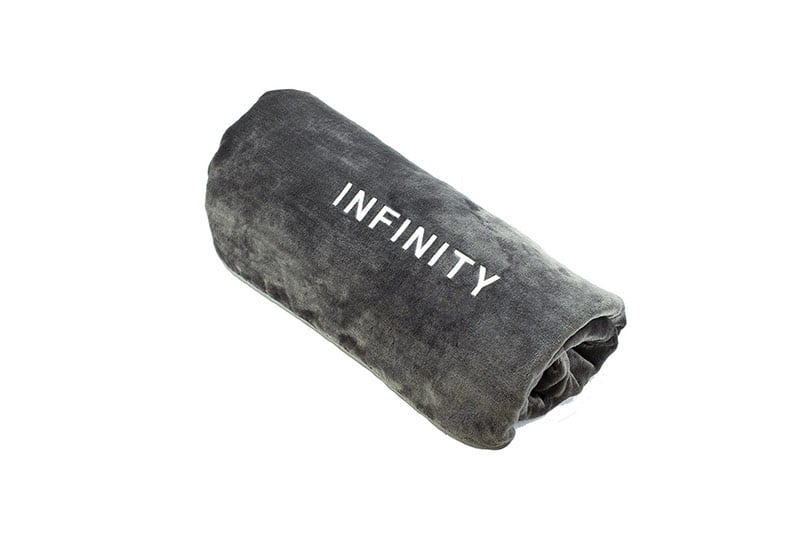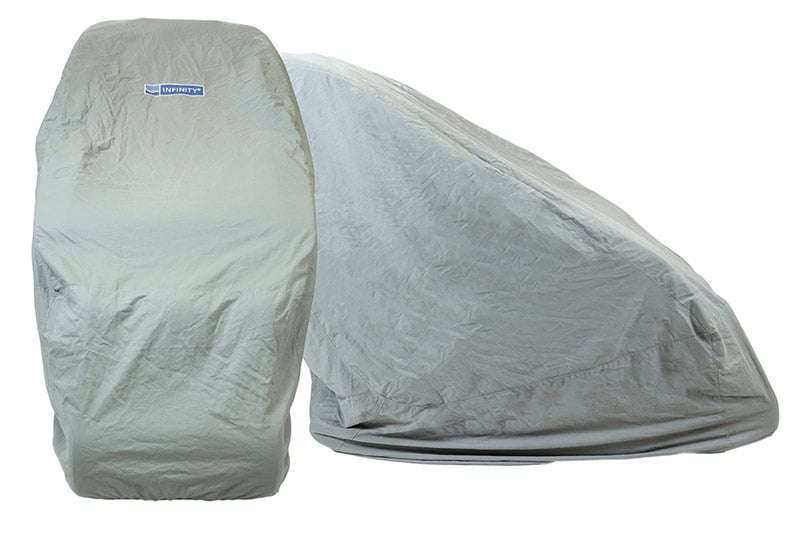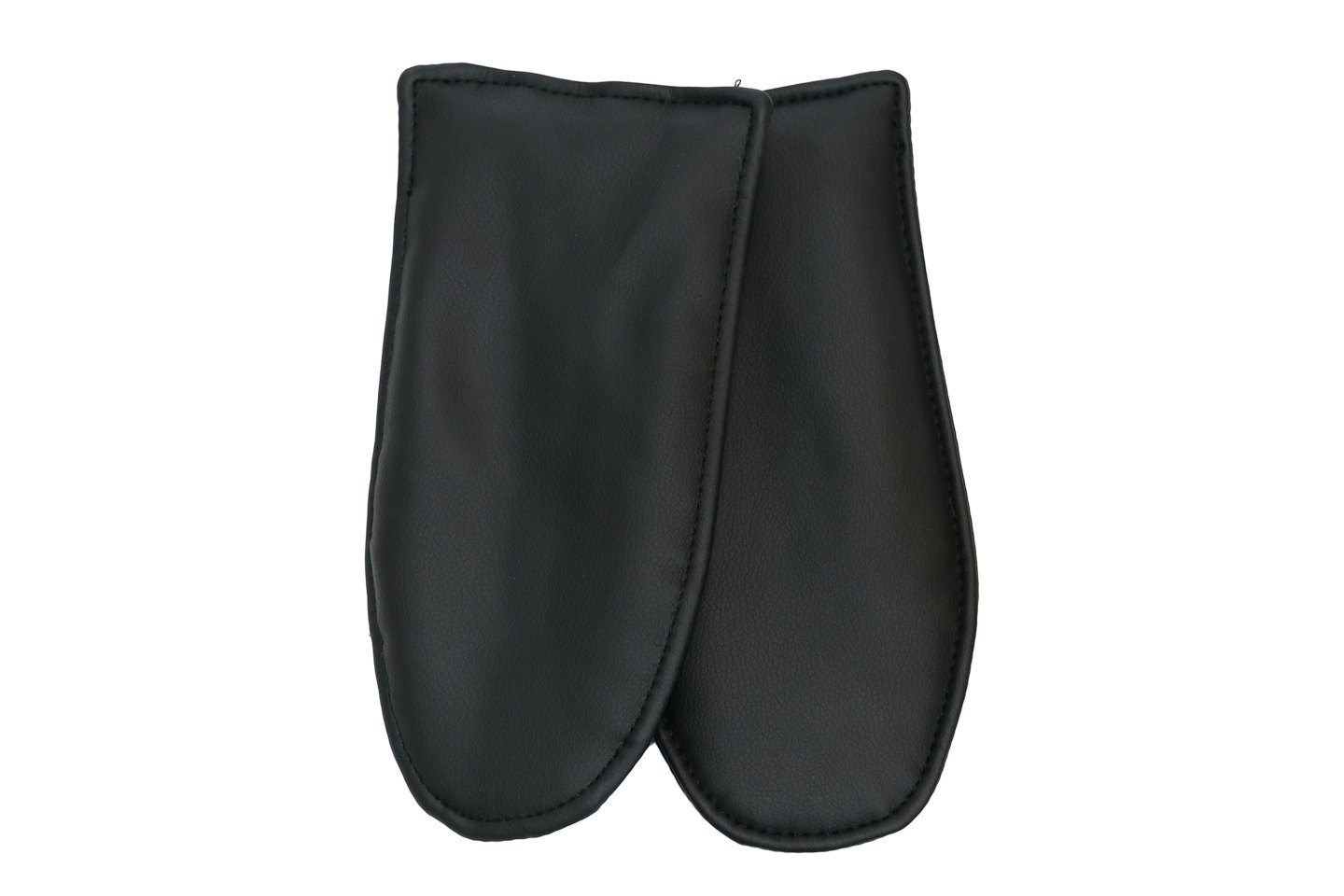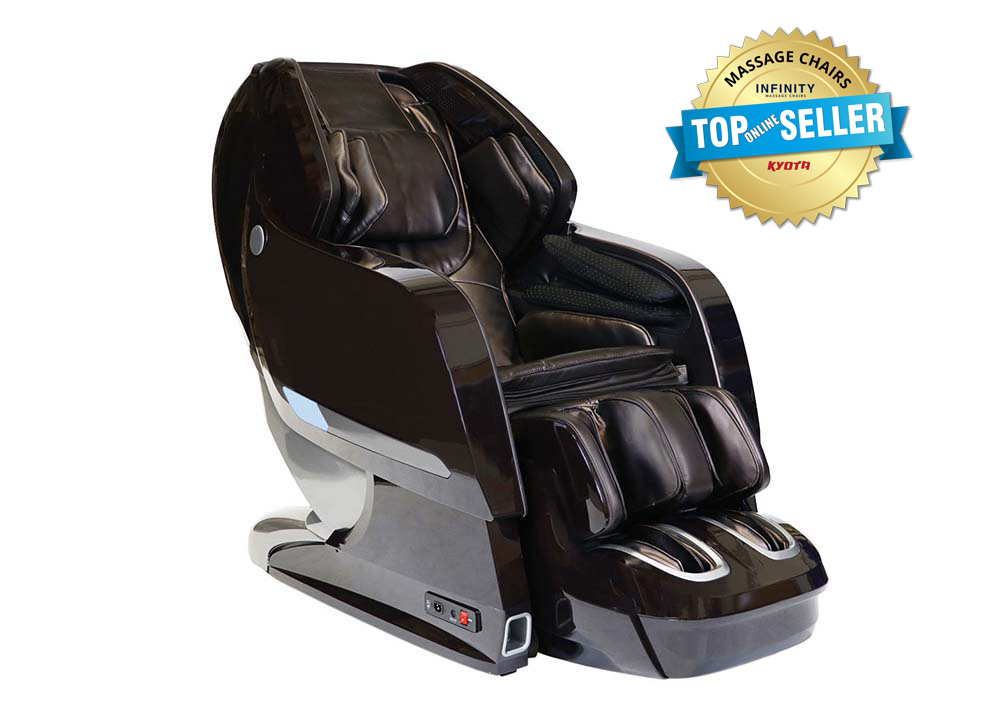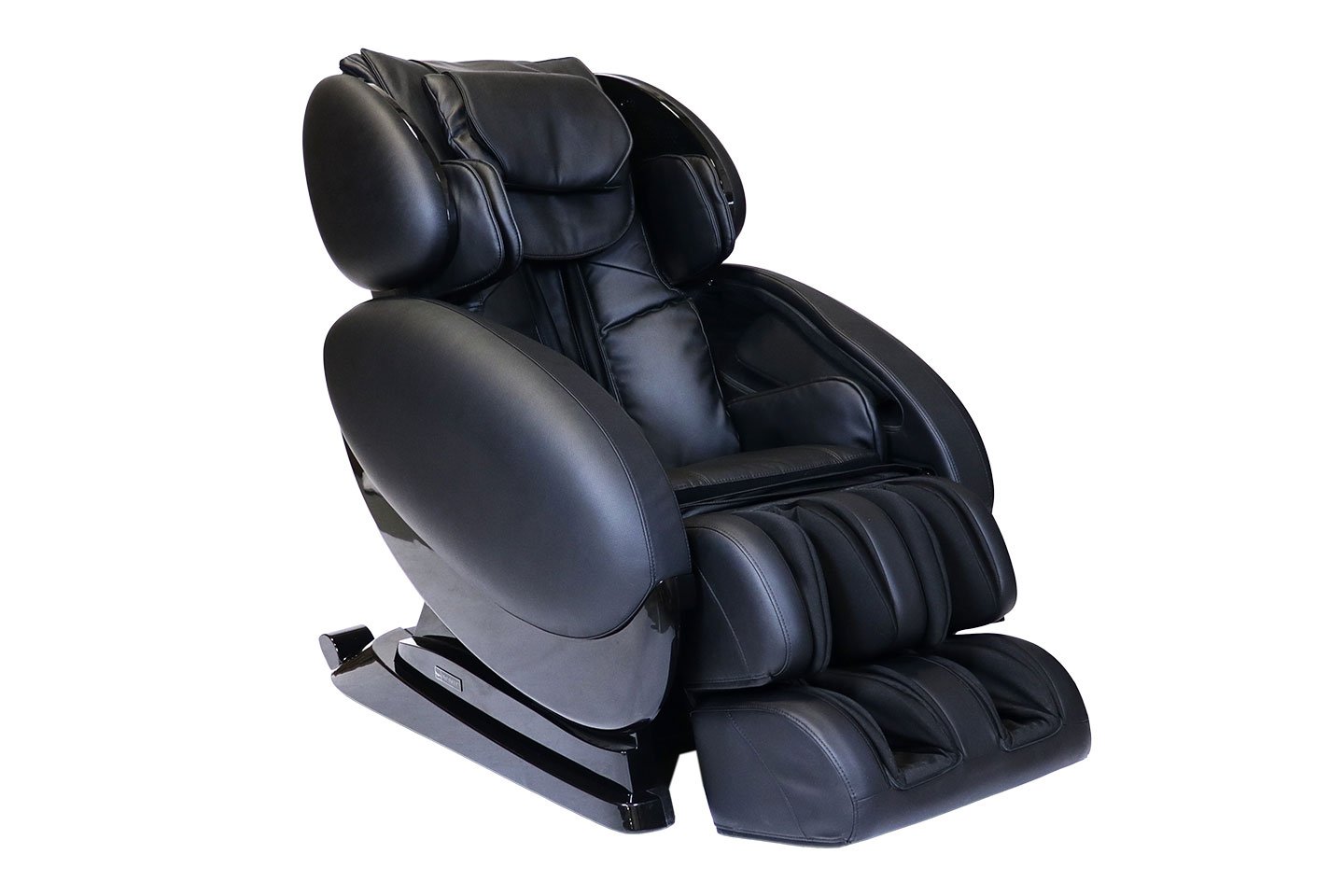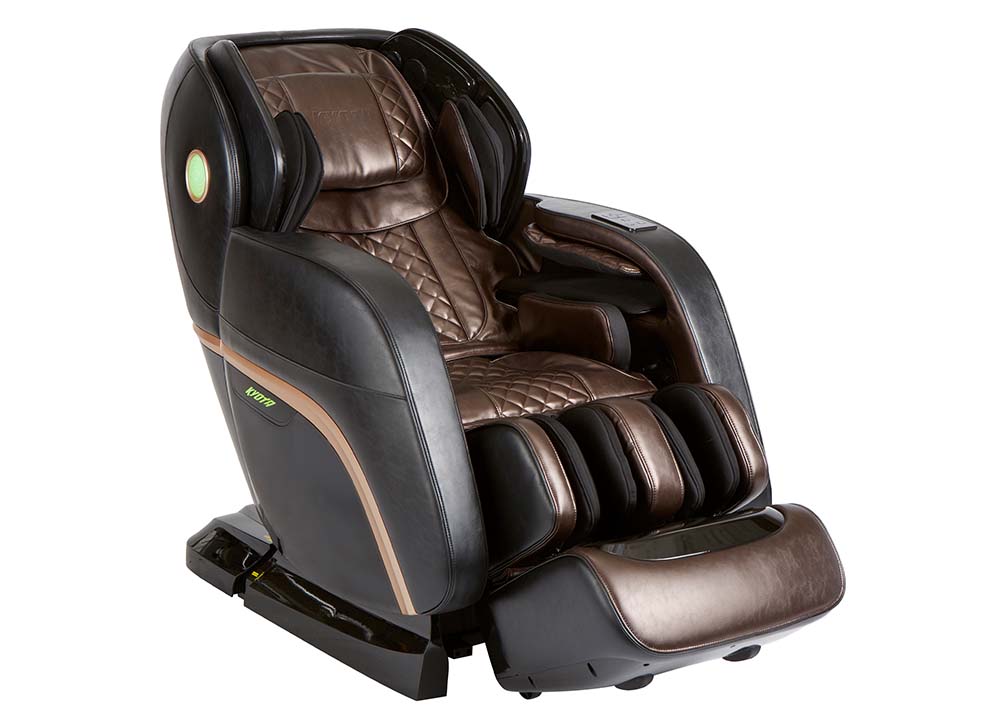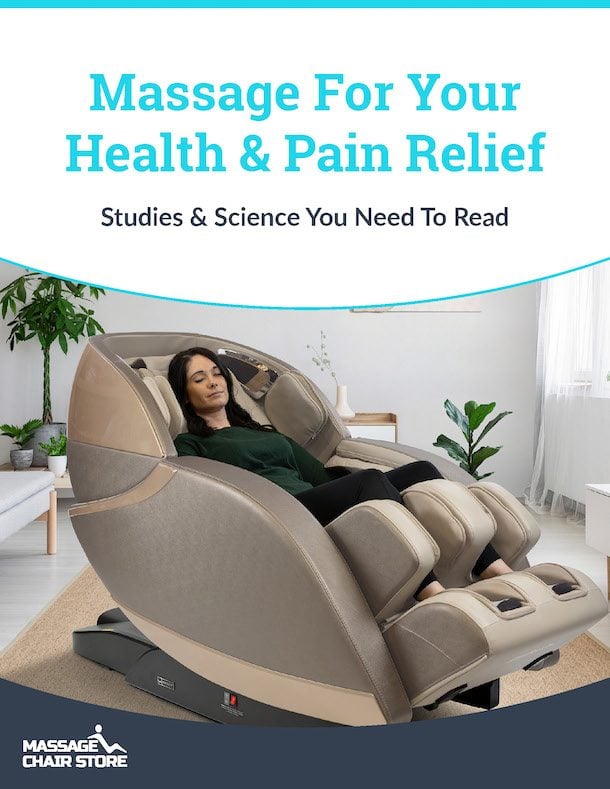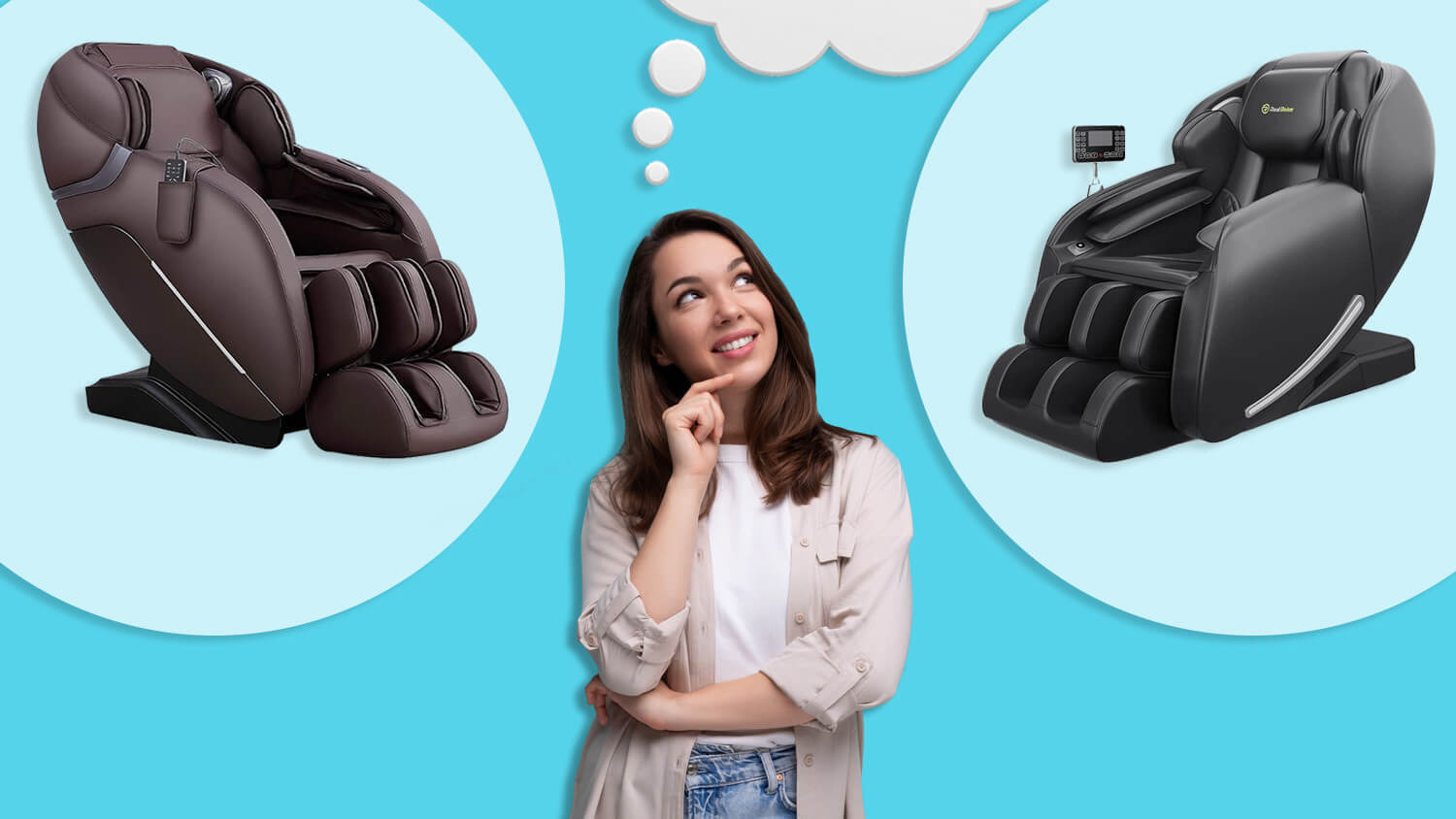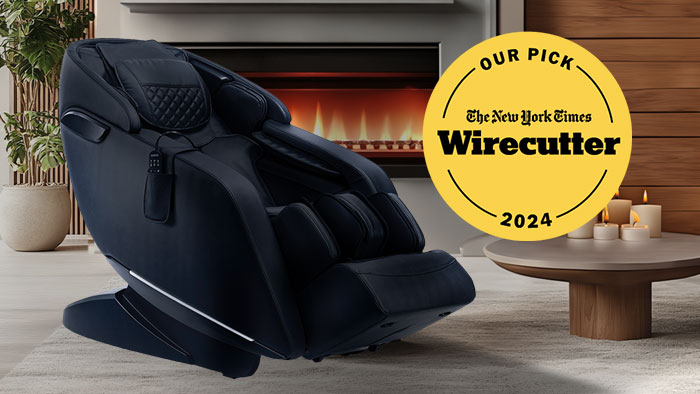Massage Away Depression & Anxiety
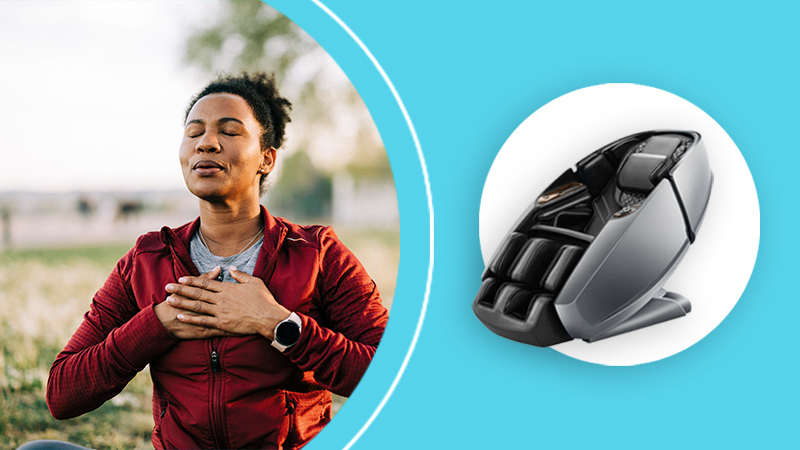
We’ve all had days where we feel sad or blue. Nobody can be happy all the time, and changes in mood or occasional feelings of sadness are perfectly normal. For some people, however, these feelings are more persistent and severe, interfering with everyday activities, lowering energy levels and interrupting sleep.
These feelings can be signs of depression, which can have serious negative impacts on your overall health and well-being. There are several ways to treat symptoms of depression, one of which is the power of massage therapy.
This blog post will explore why and how massage can be used to alleviate depression, as well as other harmful conditions such as stress and anxiety.
What Is Depression?
Depression is a mood disorder characterized by persistent feelings of sadness, hopelessness and a lack of interest or pleasure in daily activities. It can also include physical symptoms like changes in sleep, appetite and energy levels. Depression can be triggered by mental health conditions or chronic illnesses, such as diabetes, cancer, heart disease and chronic pain
According to the National Institute of Mental Health, there are a few commonly understood types of depression:
- Major depression — A depressed mood or loss of interest that interferes with daily activities for a period of least two weeks.
- Persistent depressive disorder — These include less severe depression symptoms that last for a much longer period of time, of at least two years.
- Seasonal affective disorder (SAD) — Seasonal depression symptoms that start in the late fall and early winter and continue until the spring and summer and may come as a result of vitamin D deficiency due to shortened daylight hours.
- Bipolar disorder — A mental health condition that causes severe shifts between depressive and manic episodes of unusually elevated mood or greater irritability.
- Depression caused by hormonal changes or imbalance — Severe mood swings common in women during the postpartum period, the menstrual cycle and menopause.
Because the causes of and types of depression can be so varied, there’s no one single remedy for depression. Medication, therapy and social support are common treatments for depression, as are physical therapies such as exercise, meditation and massage.
What Are the Benefits of Massage for Depression?
Several studies have shown that massage therapy appears to have a range of positive effects on the body that are helpful for treating stress, anxiety and depression. This includes:
- Decreasing levels of the stress hormone cortisol
- Increasing levels of serotonin and dopamine to improve mood
- Stimulating areas of the brain linked to feelings of pleasure and reward
Researchers at the University of Miami followed 37 breast cancer patients who received massage therapy or practiced progressive muscle relaxation for five weeks. Women in the massage group reported feeling less depressed and angry and also found they had more energy. In a University of South Florida study of high blood pressure patients, those who got 10-minute massages three times a week for three weeks lowered their higher blood pressure number by 11 points.
A review of more than a dozen massage studies conducted by the Touch Research Institute at the University of Miami School of Medicine concludes that massage therapy relieves depression and anxiety by affecting the body’s biochemistry. In a series of studies including about 500 men, women and children with depression or stress-related conditions, researchers measured the stress hormone cortisol in participants before and immediately after massage and found that the therapy lowered levels by up to 53%. Massage therapy was also found to increase levels of serotonin and dopamine, neurotransmitters that help reduce depression.
The unique combination of mental and physical benefits provided by massage are helpful for not only treating symptoms of depression but also for helping to alleviate certain conditions that may be contributing to sadness, stress or anxiety — such as chronic back pain, diabetes or lack of sleep.
What Types of Massage Are Best for Anxiety and Depression?
There are several types of massage that use different forms of pressure application to relieve stress and pain. The massage that could best treat your anxiety or depression will depend on which symptoms of depression you want to address.
- Manipulation or Myofascial Release – A very gentle style of massage administered by rubbing, stretching and moving ligaments, tendons and muscles in order to improve mobility and aid in relaxation.
- Swedish Massage – This moderate massage technique aims to loosen the muscles and promote relaxation by kneading, rubbing and lightly tapping areas of high stress or tension.
- Trigger or Pressure Point Therapy – This is a focused massage technique that works on specific spots in the muscles or on the body to relieve tension and pressure. Shiatsu is a Japanese form of pressure point massage and is popular for promoting relaxation.
- Deep Tissue Massage – An intense style of massage that aggressively works the muscles using hard pressure, with the goal of relieving tension that lies beneath the surface tissues and deep within the muscles.
Lighter or moderate massage techniques such as Myofascial or Swedish massage can aid in relaxation and reduce feelings of anxiety. Stronger techniques such as Shiatsu or deep tissue can help to relieve muscle tension and reduce chronic pain.
What Are the Best Ways to Receive Massage Therapy for Depression?
Whether you’re looking for a single massage therapy session or regular treatment, you have several options for relief via massage therapy.
- See a massage therapist: This is a great option for receiving personalized service and expertise when you want specific amounts of pressure or certain techniques. However, one single session will not address long-term feelings of depression, so you may want to consider other options to avoid the cost, travel or inconvenience of repeated individual sessions.
- Invest in a massage chair: Massage chairs can be used when needed every day to deliver a full-body massage experience in the comfort of your own home. Modern massage chairs have a variety of automated programs that offer extensive personalization options to provide specific benefits, including variable pressure intensity, multiple heat levels and even a combination of massage techniques.
- Try a targeted massager: Smaller than a full massage chair, targeted massagers are designed to work on one specific area of the body, usually the shoulders or feet. Like massage chairs, these devices can come with heat therapy to help induce muscle relaxation. These devices are more portable than massage chairs and can travel with you, provided there is an available source of electricity.
- Use a massage gun: These handheld devices are the most convenient of any massage therapy option and allow you to easily target any area of your body with the push of a button. These devices can be used anywhere at any time and are usually the most inexpensive option. Because massage guns are handheld, you may need some assistance to reach different areas of your neck, back and shoulders.
Alternate Methods to Help with Depression
For anyone suffering with persistent low moods or other symptoms of depression, it’s important to speak with a doctor or mental health professional. A primary care physician will be able to help determine the cause of depression and suggest different forms of therapy.
According to the Mayo Clinic, depression treatment options aside from massage therapy include:
- Antidepressant medications — These include selective serotonin reuptake inhibitors (SSRIs), serotonin-norepinephrine reuptake inhibitors (SNRIs), tricyclic antidepressants and a range of atypical antidepressants.
- Psychotherapy — Also known as talk therapy or psychological therapy, psychotherapy involves talking about your depression and other, related issues with a mental health professional to find ways to cope, set goals and explore ways to establish positive behaviors.
- Self-care and self-treatment — As a chronic condition, depression requires consistent care and management. Taking positive self-care steps such as eating a healthy diet, avoiding drugs and alcohol, getting consistent levels of sleep and being active are important everyday activities.
- Alternative medications and treatments — So-called nonconventional approaches can include taking dietary or nutritional supplements or relaxation techniques such as the use of essential oils, meditation, acupuncture or aerobic exercise.
When symptoms of depression are severe and include thoughts of suicide, it is best to seek help as soon as possible. The 988 Suicide and Crisis Lifeline provides 24/7, free and confidential support for people in distress. To learn more about how to detect the early warning signs of suicidal thoughts, see the National Instiute of Mental Health’s page on Suicide Prevention.
Massage for Depression FAQs
Can I treat depression with massage?
While massage has been shown to help relieve symptoms of stress and depression, it does not address many of the common causes of depression and so is not recommended as a single source of treatment or as a cure. Always talk with your primary care physician about consistent feelings of stress, anxiety or depression, and consider seeking assistance from a mental health professional such as a psychologist or psychiatrist.
Can I use a massage chair if I’m on medication?
If you are taking antidepressants, be aware that some medications can cause dizziness, drowsiness and fatigue, along with a tendency to bruise and a depressed stretch receptor response. While you can still use a massage chair while on antidepressants, you may want to use a lighter intensity setting for shorter periods of time.
Other medications for conditions such as arthritis, diabetes or fibromyalgia may cause low blood pressure, dizziness or a higher chance of bruising. Be sure to talk to your health care provider before starting or stopping any medication —or— receiving regular massage therapy if you’re already on medication.
Should I shower after a massage?
You don’t have to shower after a massage, but you can if you choose to. A warm shower will help further relax your muscles and stimulate blood flow, while a colder shower will reduce inflammation and may aid in pain relief. It is recommended that you wait about one hour after a massage before taking a hot shower. Hot showers have a more stimulating effect on your blood flow, which can leave you feeling dizzy and lightheaded after a massage.
Why do I feel sore after a massage?
Massage is meant to stimulate the muscles; especially-strong techniques, like deep tissue massage, will cause microscopic tears within the muscle tissue. As lactic acid and waste products are released from the tissue, your muscle tissue will start to repair and strengthen itself. The soreness you feel is a reaction to the inflammation that occurs during that process.
Generally, soreness will be more pronounced in muscle groups that you haven’t exercised in a while, and it will fade after a few hours. To reduce soreness, consider:
- Switching to a lighter massage therapy, like Swedish massage or manipulation
- Applying a cold compress to the sore area or taking a cold shower to reduce inflammation
- Engaging in light exercise, stretching or yoga the day after to keep those muscles engaged
If your massage therapy is ever painful, or soreness lingers for days, be sure to consult with your physician.
Which essential oils can help reduce stress?
Common essential oil scents that aid in relaxation include lavender, marjoram, valerian, benzoin and chamomile roman. Use only a couple of drops in a diffuser, as larger quantities can actually act as stimulants. Try to avoid placing essential oils directly on your skin as they can cause irritation. If you intend to apply essential oils directly to your skin, it’s recommended that you mix them with a carrier oil like jojoba or avocado.
Want to learn more about how massage therapy can improve your health and wellness? Download our free eBook guide: Massage for Your Health and Pain Relief — Studies and Science You Need to Read.
If you’re looking for the perfect massage solution for regular massage therapy, the certified specialists at Massage Chair Store can take the stress out of your search. Our team is happy to talk to you about your needs through a free consultation and help you find the ideal product to help improve your mental health and wellness.

